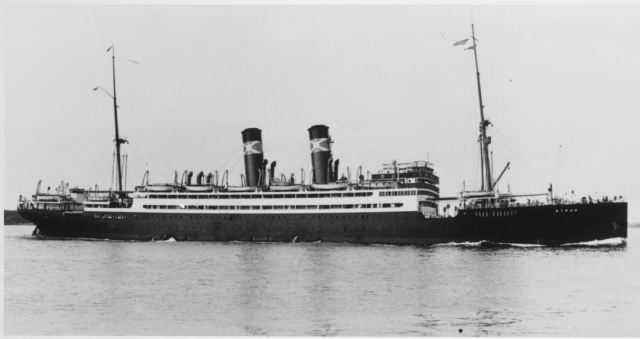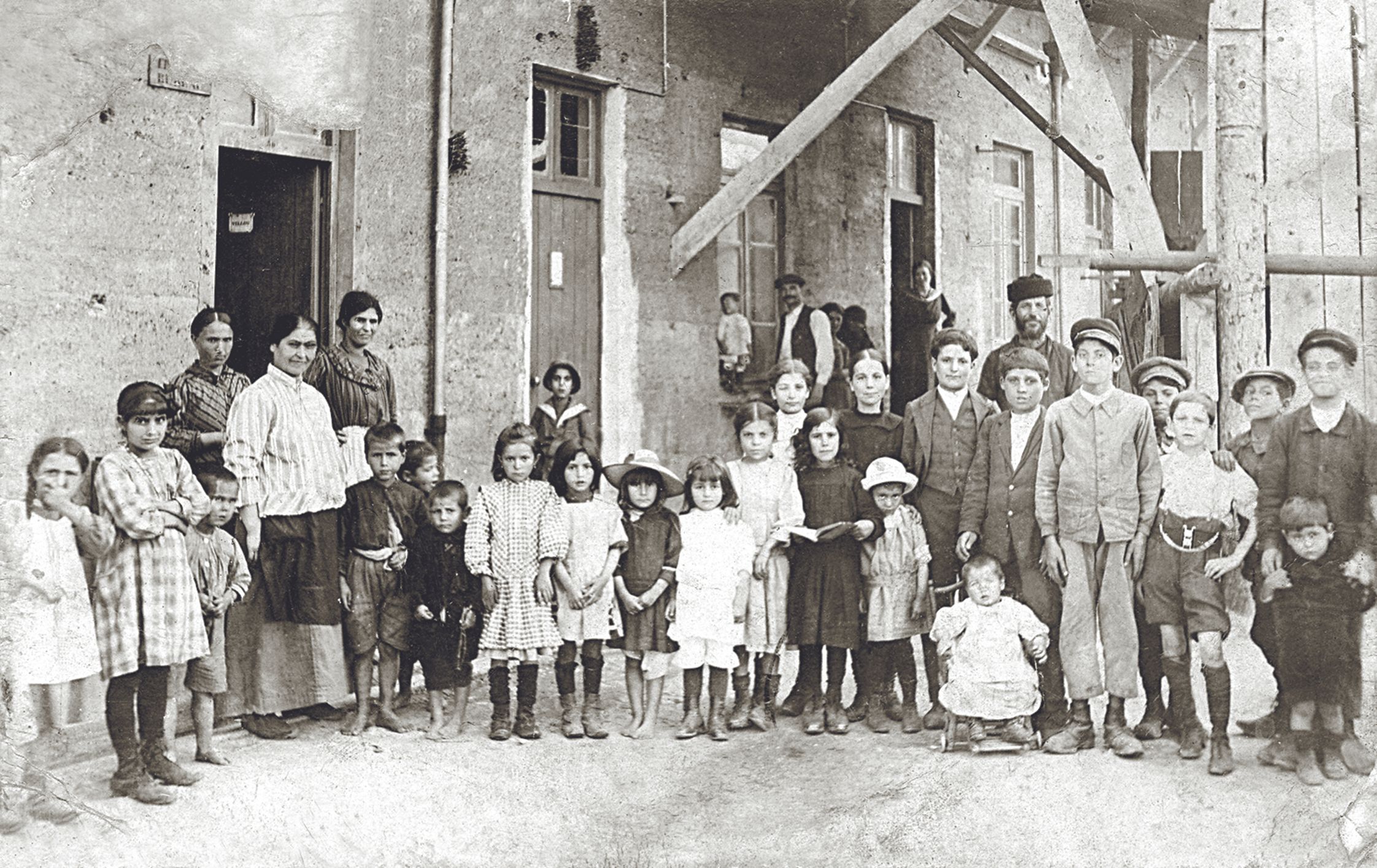The settlement of refugees in New Ionia
How many people have stood where you are standing now over the course of time? How different was the view you see around you in the past? What do you look at and what do you look past when you wander around the city?
Welcome to the 100memories research project historical walk. Whether you choose to walk with us physically or digitally, you will get a chance to visit places where the city’s residents live their everyday lives. These places might seem insignificant, but it is in these ostensibly insignificant spaces that we can discover important histories of movement, settlement and habitation involving both natives and newcomers during the 20th century; histories which shaped the development of Volos’ urban fabric, society, economy, and culture.
At the end of the 19th century, the city of Volos started its steady rise to prominence as a commercial and industrial centre, relying mostly on manufacturing and trade for its economic development. From 1921 to 1924, the city’s port received consecutive waves of refugees. The arid land beyond the Krafsidonas River has had many names over the past 100 years: Xirokampos, ‘The Settlement’, Nea Ionia. The area changed names due to the settlement there of refugees from Asia Minor, Pontus, and Thrace who arrived in Volos after 1922. Dimitris Konstantaras-Statharas reads the article by Takis Oikonomakis published in the Thessalia newspaper on September 19, 1922:
‘The autumnal peace of our port was yesterday disrupted by a huge, black wave, a wave of misfortune. It entered the port and then broke on the beach and poured out into the entire city. Everyone was overcome by a feeling of utter horror, indescribable sadness, but also terrible rage. This black wave was sent to us by the coast across the Aegean Sea and it was made up of the tragic victims from the horrible Asia Minor catastrophe, the sad wrecks of Asian Hellenism, which were washed up on our beach’.
Over 14,000 refugees ended up in Volos and were subsequently housed in tents, requisitioned buildings, schools, warehouses, old Turkish army barracks, and the city’s municipal theatre. In 1923, the authorities decided on the establishment of a refugee settlement in Xirokampos, which was empty land apart from one small hamlet surrounding the church of Agia Varvara. Construction began in August 1923. The project was initially implemented by the local department of the Refugee Welfare Fund and then by the Refugee Settlement Commission. By 1924, the first part of the settlement was ready. It was called ‘Tetragona’ (‘The Square Houses’) and comprised ten residential blocks and a square, including 776 tiny, single-room dwellings made out of stone or cinder bricks.
There were also four two-story buildings around the square meant to house schools, a pharmacy and a police station. In 1925, the settlement expanded to the west with ‘Tsimentenia’ (‘The Concrete Houses’): 17 residential blocks, 356 dwellings, bigger and better than the ones in the ‘Tetragona’ cluster, since these had a tile roof, an indoor toilet and a small garden. In 1927, ‘Tzamaliotika’ were added to the settlement, two small residential blocks containing 104 very small single-room houses with a shared wash room inside each block. In 1928, the settlement expanded to the east with ‘Germanika’(‘The German Houses’): 16 residential blocks comprising 323 very small prefabricated dwellings made out of stone or concrete, with a light wooden frame covered by asbestos cladding or concrete slabs. They were named ‘Germanika’ because their construction was funded by the First World War reparations paid by the German state. In 1928-1929, ‘Petrina’ (‘The Stone Houses’) were constructed: 23 residential blocks and a square, 300 spacious dwellings, built out of stone on large land plots. During the 1930s, another neighbourhood, ‘Kartaleika’, was built to the east of the army camp, which included 152 dwellings with two rooms and a small garden. Between 1936 and 1938, two smaller expansions were added to the settlement, one in the east with 36 dwellings and one in the west, near the original Agia Varvara hamlet, with 24 dwellings.
The living and housing conditions were very difficult and the refugees were faced with numerous problems. The houses were small and made out of flimsy materials, the area did not have a central water supply or sanitation system, there was no public lighting, and infrastructure in general was minimal. But eventually the settlement became a town. In 1926, the church of Evangelistria and the bridge of Krafsidonas were built. A few years later, the settlement’s main street, Fardy, was constructed, along with three big squares and two elementary schools. For years, Nea Ionia was part of the Municipality of Pagases, but finally became a separate municipal entity in 1947, only to merge with the Municipality of Volos again in 2011. Being a refugee and working class neighbourhood, Nea Ionia has always been a welcoming place for newcomers and its identity has been shaped through the constant mobility of its residents.
Objects





